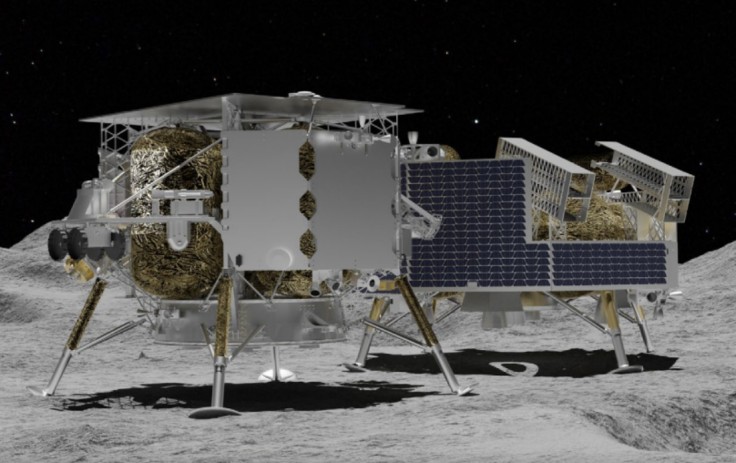Astrobotics had an ambitious mission to deliver payloads to the lunar surface and things were going smoothly until it launched. Unfortunately for the spacecraft, it experienced an anomaly that prevented it from reaching its goal.

The Lunar Lander Will Burn Up
Astrobotic shared an update regarding the Peregrine lunar lander this weekend regarding the fate of the spacecraft after it was reported to be leaking propellant shortly after it was launched. Since then, the lunar lander was no longer expected to complete its journey.
Even with the complication, the Peregrine managed to travel much farther than expected. It reached lunar distance at about 238,000 miles from Earth on Friday, and then 242,000 as of the recent report from Astrobotic.
Ultimately, its trajectory is headed back to Earth, and it will burn up in the planet's atmosphere before it even reaches the ground, as reported by Engadget. That means that all the payloads that are aboard it will be gone as well.
Considering the price range of payloads per kilogram, the items burning up in the atmosphere can be considered a more serious matter. It costs $300,000 per kilogram to deliver payloads to the lunar orbit and $1.2 million for it to be delivered to the lunar surface.
There's even a service that lets people send their loved one's ashes to the moon, which will cost them $12,500 if they avail of the services of Celestis, and $11,950 if they let Elysium Soace make the arrangements for the lunar lander, as per Gizmodo.
Astrobotic has been trying to provide more precise information about the Peregrine's journey and trajectory, but it has been more difficult given the unknown factor of fuel leakage. The company will be hosting a press conference with NASA on Thursday, January 18th.
The Peregrine Lunar Lander
Astrobotic has two lunar landers. The Griffin is a medium-class lander with flexible mounting options to carry larger payloads and rovers, while the Peregrine is a small-class lander that can be more precise in delivering payloads to the lunar orbit and surface.
The launched lunar lander has seven systems such as navigation and control, power, avionics, communications, thermal control, structures, and propulsion. It's the last mentioned system that suffered malfunctions causing the lander to fail in its mission.
It was supposed to land 15 days after it was launched. It's only been less than half of the estimated journey duration and the leakage has led the Peregrine's fuel to close to empty, therefore impossible to complete the 15-day voyage.
The propulsion system has five main engines and 12 Attitude and Control System (ACS) engines, all of which are powered by a pressure-fed hypergolic bipropellant. It does not require ignition given that the fuel and oxidizer can burn up upon contact.
The bipropellant was important since it's what powers the engines, with the main ones positioned within the cone of the spacecraft for major maneuvers, along with the five engines under the Peregrine to give it a boost.









